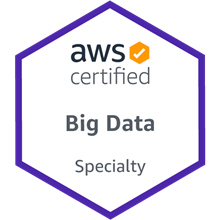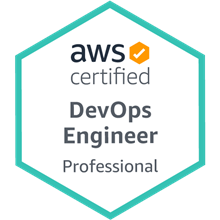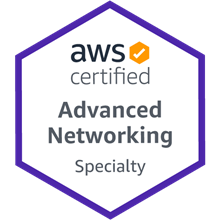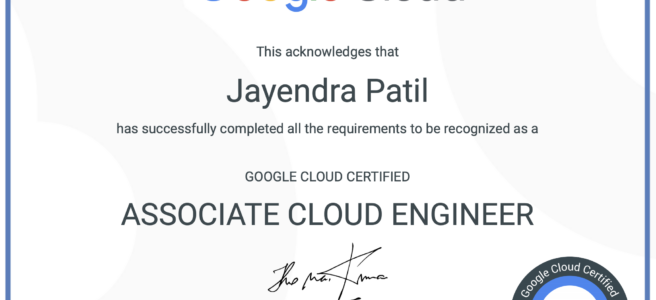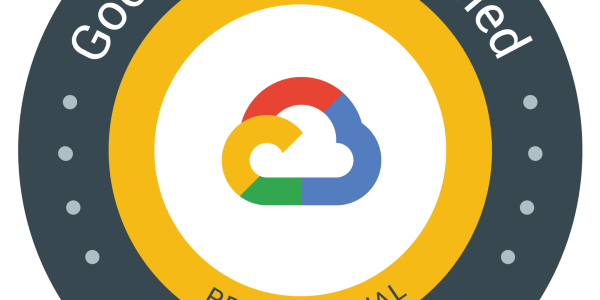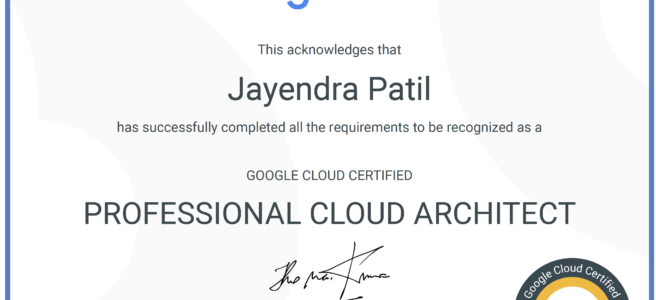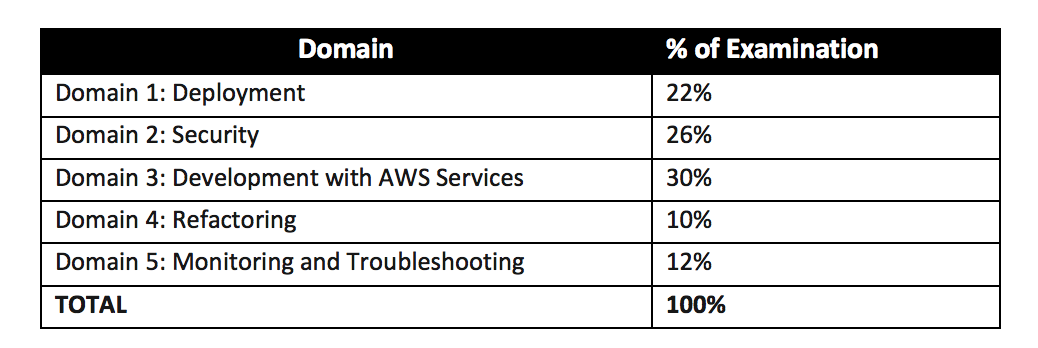Clearing the AWS Certified Big Data – Speciality (BDS-C00) was a great feeling. This was my third Speciality certification and in terms of the difficulty level (compared to Network and Security Speciality exams), I would rate it between Network (being the toughest) Security (being the simpler one).
Big Data in itself is a very vast topic and with AWS services, there is lots to cover and know for the exam. If you have worked on Big Data technologies including a bit of Visualization and Machine learning, it would be a great asset to pass this exam.
AWS Certified Big Data – Speciality (BDS-C00) exam basically validates
- Implement core AWS Big Data services according to basic architectural best practices
- Design and maintain Big Data
- Leverage tools to automate Data Analysis
Refer AWS Certified Big Data – Speciality Exam Guide for details

AWS Certified Big Data – Speciality (BDS-C00) Exam Summary
- AWS Certified Big Data – Speciality exam, as its name suggests, covers a lot of Big Data concepts right from data transfer and collection techniques, storage, pre and post processing, analytics, visualization with the added concepts for data security at each layer.
- One of the key tactic I followed when solving any AWS Certification exam is to read the question and use paper and pencil to draw a rough architecture and focus on the areas that you need to improve. Trust me, you will be able to eliminate 2 answers for sure and then need to focus on only the other two. Read the other 2 answers to check the difference area and that would help you reach to the right answer or atleast have a 50% chance of getting it right.
- Be sure to cover the following topics
- Whitepapers and articles
- AWS Analytics Services Cheat Sheet
- Data Transfer Options – Need to be clear for uses cases for VPN vs Direct Connect vs Snowball
- Analytics
- Make sure you know and cover all the services in depth, as 80% of the exam is focused on these topics
- Elastic Map Reduce
- Understand EMR in depth
- Understand EMRFS (hint: Use Consistent view to make sure S3 objects referred by different applications are in sync)
- Know EMR Best Practices (hint: start with many small nodes instead on few large nodes)
- Know Hive can be externally hosted using RDS, Aurora and AWS Glue Data Catalog
- Know also different technologies
- Presto is a fast SQL query engine designed for interactive analytic queries over large datasets from multiple sources
- D3.js is a JavaScript library for manipulating documents based on data. D3 helps you bring data to life using HTML, SVG, and CSS
- Spark is a distributed processing framework and programming model that helps do machine learning, stream processing, or graph analytics using Amazon EMR clusters
- Zeppelin/Jupyter as a notebook for interactive data exploration and provides open-source web application that can be used to create and share documents that contain live code, equations, visualizations, and narrative text
- Phoenix is used for OLTP and operational analytics, allowing you to use standard SQL queries and JDBC APIs to work with an Apache HBase backing store
- Kinesis
- Understand Kinesis Data Streams and Kinesis Data Firehose in depth
- Know Kinesis Data Streams vs Kinesis Firehose
- Know Kinesis Data Streams is open ended on both producer and consumer. It supports KCL and works with Spark.
- Know Kineses Firehose is open ended for producer only. Data is stored in S3, Redshift and ElasticSearch.
- Kinesis Firehose works in batches with minimum 60secs interval.
- Understand Kinesis Encryption (hint: use server side encryption or encrypt in producer for data streams)
- Know difference between KPL vs SDK (hint: PutRecords are synchronously, while KPL supports batching)
- Kinesis Best Practices (hint: increase performance increasing the shards)
- Know ElasticSearch is a search service which supports indexing, full text search, faceting etc.
- Redshift
- Understand Redshift in depth
- Understand Redshift Advance topics like Workload Management, Distribution Style, Sort key
- Know Redshift Best Practices w.r.t selection of Distribution style, Sort key, COPY command which allows parallelism
- Know Redshift views to control access to data.
- Amazon Machine Learning
- Know difference in algorithms esp. Binary classification vs Multiclass vs Regression
- Know Data Pipeline for data transfer
- QuickSight
- Know Visual Types (hint: esp. plotting line, bar and story based visualizations)
- Know Supported Data Sources (hint: supports files)
- Know Glue as the ETL tool
- Security, Identity & Compliance
- Data security is a key concept controlled in the Big Data – Speciality exam
- Identity and Access Management (IAM)
- Understand IAM in depth
- Understand IAM Roles
- Understand Identity Providers & Federation (hint: restrict access based on assumed role)
- Understand IAM Policies
- Deep dive into Key Management Service (KMS). There would be quite a few questions on this.
- Understand how KMS works
- Understand IAM Policies, Key Policies, Grants
- Know KMS are regional and how to use in other regions.
- Understand AWS Cognito esp. authentication across devices
- Management & Governance Tools
- Understand AWS CloudWatch for Logs and Metrics. Also, CloudWatch Events more real time alerts as compared to CloudTrail
- Storage
- Data Storage Options – Know patterns for S3 vs RDS vs DynamoDB vs Redshift
- Simple Storage Service
- Know S3 Data Protection
- Know S3 Access Control (hint: ACLs for fine grained access control)
- DynamoDB
- Know DynamoDB
- Know DynamoDB Secondary Indexes
- Know DynamoDB security (hint: allows fine grained access control)
- Know DynamoDB Accelerator (DAX) for caching
- Compute
- Know EC2 access to services using IAM Role and Lambda using Execution role.
- Lambda esp. how to improve performance batching, breaking functions etc.
- Whitepapers and articles
AWS Certified Big Data – Speciality (BDS-C00) Exam Resources
- Online Courses
- Stephane Maarek – AWS Certified Big Data Specialty Exam – In Depth & Hands On [Recommended]
- Linux Academy – AWS Certified Big Data Specialty course
- Practice tests
- Braincert – AWS Certified Big Data – Speciality BDS-C00 Practice Exams [Recommended]
